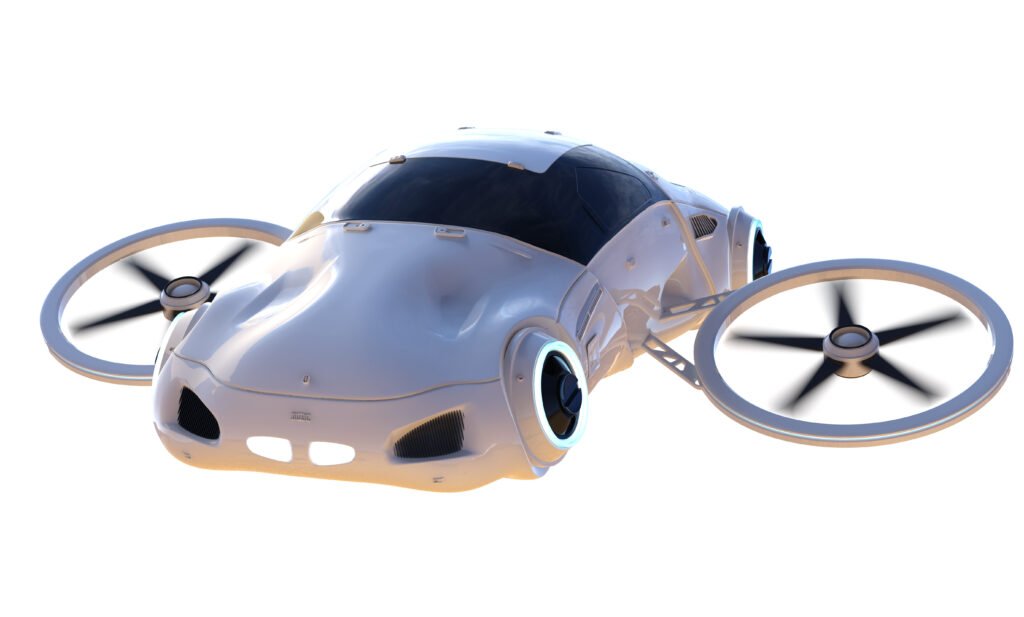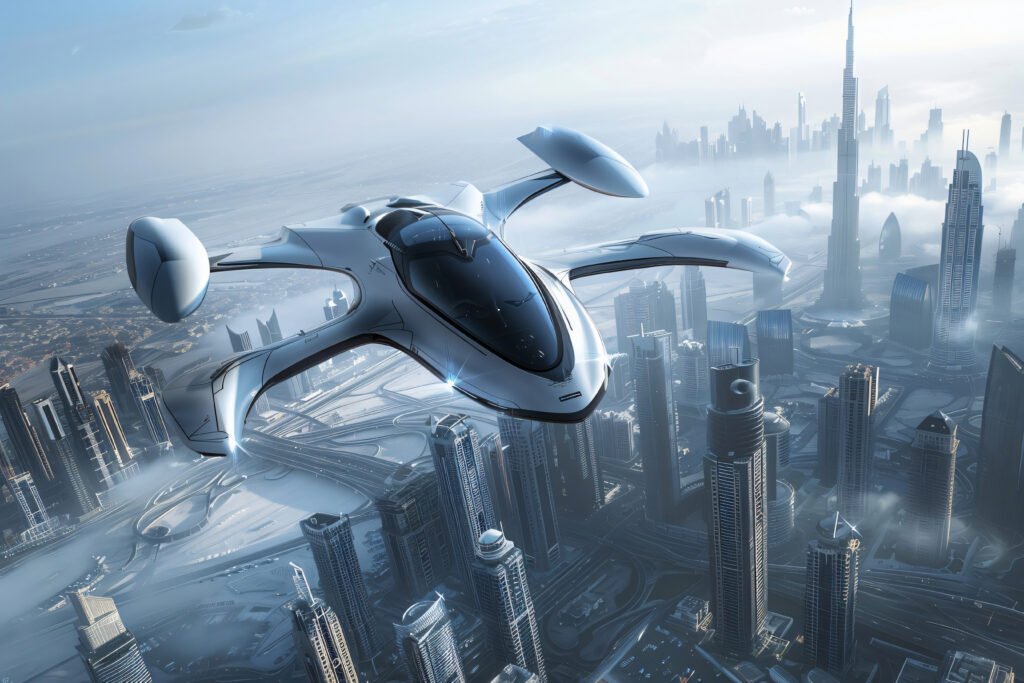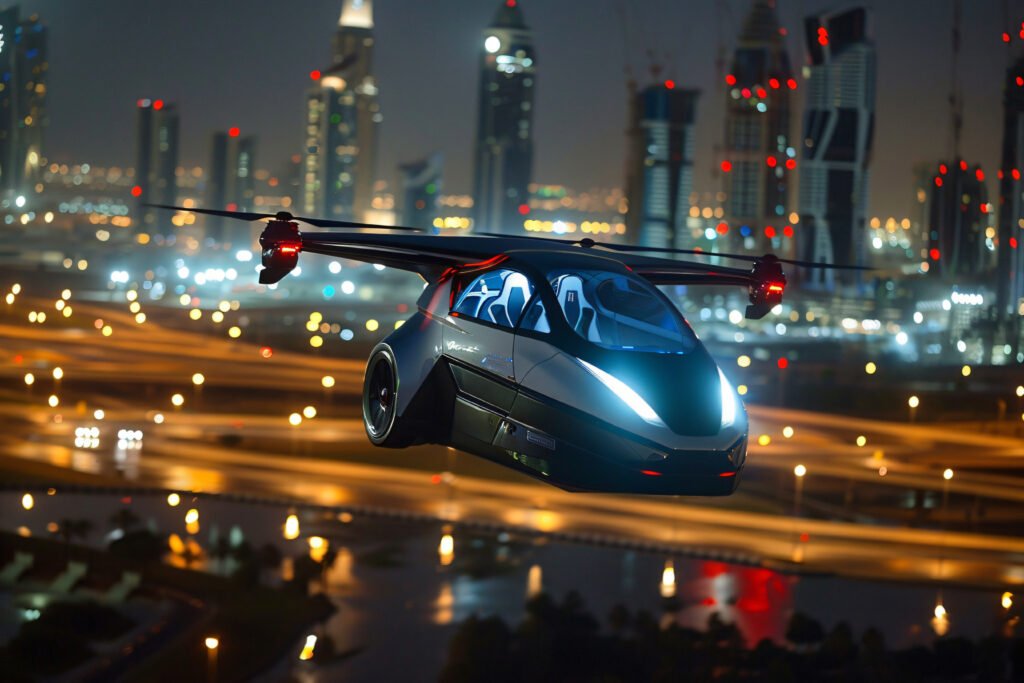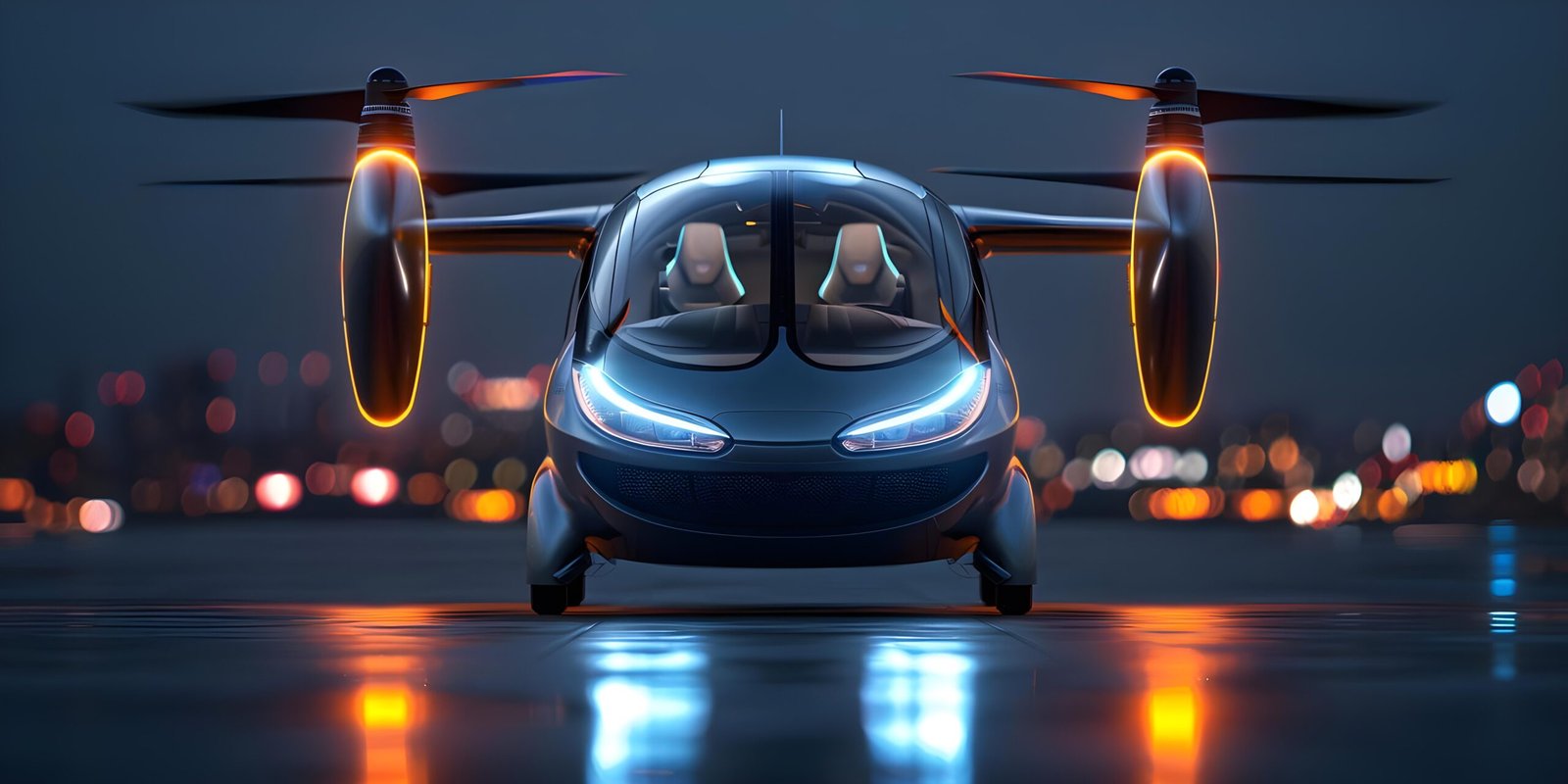Table of Contents
Flying Cars
Creatures of science fiction and mind pictures have kept flying vehicles in this existing reality. Most people have fantasized about flying over traffic as seen in movies such as Back to the Future and The Jetsons. Today humanity makes progress toward turning that science fiction fantasy into actual reality.
The flying car idea has advanced from pure fantasy toward actual reality. The advent of new technologies along with increasing demand for air travel systems indicates that getting above traffic might become real much faster than anticipated.
The Origins of the Flying Car Dream
Scientists have pursued the concept of flying cars throughout a hundred-year span. At the beginning of the 20th century, Glenn Curtiss, alongside Henry Ford, envisioned that automobiles would achieve flight capability. Ford made history in 1940 when he predicted that society would soon see combination airplanes and motorcars emerging together.
The flying car dream continued to be sustained through the content of movies and television programs as well as books. Flying automobiles represented an upcoming technology solution for the transportation issues of dense roads and extended drives.
The inability to overcome technical obstacles prevented flying cars from achieving flight throughout many successive decades.
The Development of Flying Cars Comes into Reach

The combination of current aerospace engineering developments together with better batteries and light-material applications brings flying cars beyond their conceptual stage. Here’s how:
Electric Vertical Takeoff and Landing (eVTOL):
The eVTOL technology enables vertical lift-off from a stationary position, just like helicopters do, which allows these vehicles to function without runways, thus saving valuable urban real estate.
Autonomous Systems:
Most predicted flying cars will introduce built-in autonomous flight systems that eliminate the need for pilot skills from their operators.
Better Batteries:
Better battery technologies support producers in creating lightweight flying vehicles capable of powering safe short-duration flights.
Various companies participate in active testing of flying car prototypes. The designs of flying vehicles come in two forms – they either have a helicopter-like look or they appear as future cars equipped with folding wings.
Real Companies Building Flying Cars
Different organizations throughout the world employ constant efforts to produce flying automobiles.
Joby Aviation:
Their goal is to produce electric flying taxis that operate peacefully in urban zones.
Alef Aeronautics:
Their development focuses on creating an automobile system that routes by roads while offering vertical take-off capabilities.
XPENG AEROHT:
A Chinese organization develops a dual-seat aircraft able to operate both as a car and an aircraft.
Klein Vision AirCar:
The prototype flying automobile meets its potential to change from automobile to aerospace vehicle through a process taking minutes.
The progress made on flying car development continues beyond science fiction since engineers now focus on making these vehicles ready for daily operation.
Flying car design concepts have evolved to demonstrate their appearance and operational characteristics.
The actual designs of flying cars deviate slightly from our movie-imagined prototypes.
The actual designs of today do not resemble sleek hovercrafts because they combine vehicle elements with drone or small aircraft features.
Many use rotors like drones or helicopters. The vehicles feature mechanisms which enable the wings to collapse during driving operations yet expand for flight purposes. In our everyday lives proper functioning combined with efficiency and with safety takes precedence over mere looks.

Challenges Still Ahead
Although the technological aspects seem exciting, several big issues need solutions before implementation can occur.
- Safety: The authorities must enforce stringent safety criteria before permitting flying cars to enter public airspace.
- Regulations: The government needs to establish policies related to flying car operations that demand flight competency qualifications, airspace supervision protocols, and mandatory insurance coverage.
- Battery Life: The current battery technology enables flight durations of about 20 to 30 minutes, thus restricting the maximum flying range of vehicles.
- Cost: Nothing demonstrates the high cost of modern flying cars except elite wealth and commercial air taxi operations.
- Infrastructure: Vertiports must be established in cities for landing operations, while air traffic needs proper systems for management.
Problems related to these future challenges require both substantial government and technology company collaboration and extensive financial investment to achieve solutions.
When Will We See Flying Cars?
Expert predictions indicate that flying taxi services will begin operation in large cities during the upcoming five- to ten-year period. The city governments are working with Joby and Archer Aviation to pilot their air taxi services.
Personal flying vehicles meant for everyday use may need an additional twenty years before they become available for public consumption. The wide acceptance of flying cars needs improvements that lower prices while enhancing security standards and simplifying operational functionality.
Everyday use of flying vehicles seems unlikely to enter our lives until the next 20 years at least.
Will Flying Cars Change Our Lives?
- Shorter Commutes: If flying vehicles were allowed above traffic jams, they would provide time benefits to millions worldwide each day.
- New Types of Cities: The design of upcoming cities should feature landing pads as a suitable alternative to extensive highways.
- Reduced Traffic Congestion: Moving specific vehicles toward the air will create additional capacity for cars on roads.
- Environmental Impact: Flying electric cars powered by renewables would offer a solution to decrease air contamination.
Various safety hazards exist, such as noise pollution and airspace congestion, along with potential accident risks. Engineering proper planning strategies and effective rules will ensure flying cars become secure while delivering important benefits for society.

Final Thoughts
Despite being restricted to science fiction dreams for many years, flying car technology has started its transition to reality. People today are building essential groundwork for what will become flying vehicle infrastructure but the skies are unlikely to be full of active flying vehicles any time soon.
Technological advancements and rising interest in alternative transit move the arrival of flying cars steadily toward realization on an annual basis. Your everyday commute will unfold into brief flights that travel over the rooftops of the city within the upcoming years.
Time is rising into the future right now.



